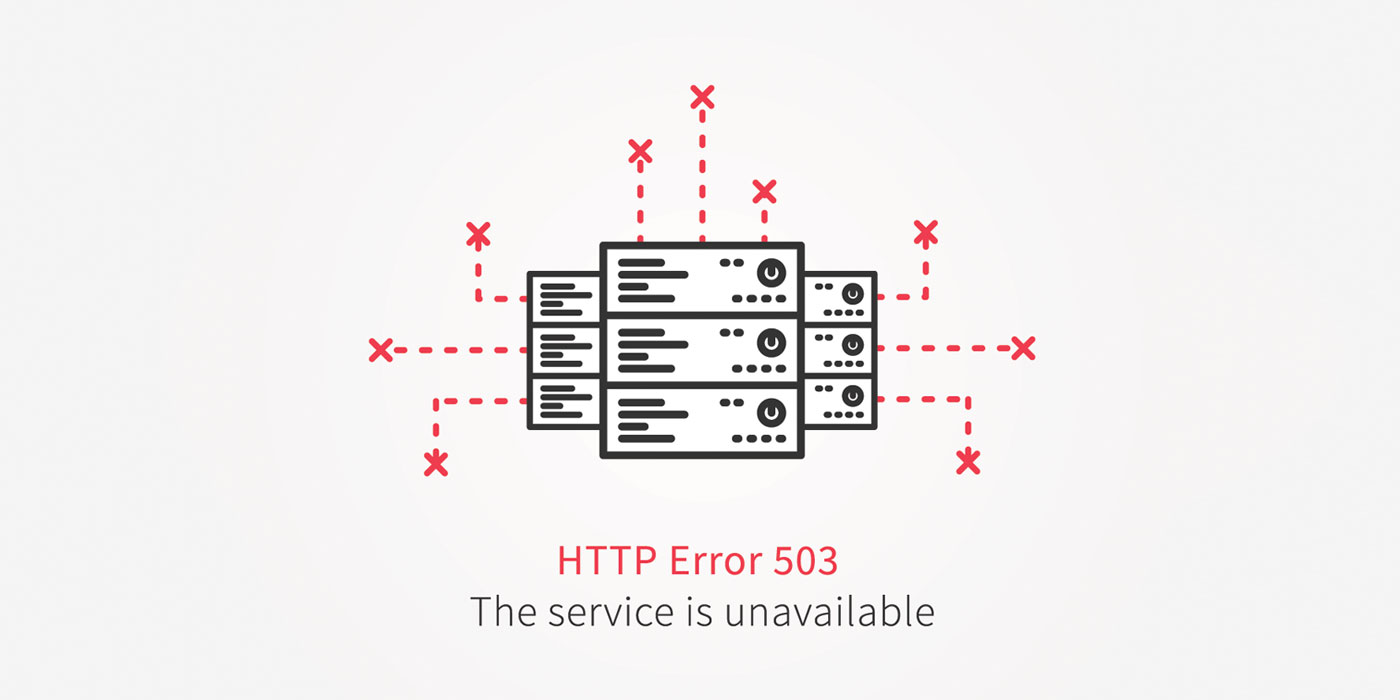Website downtime is every contemporary business’s worst nightmare. This is the period when your services are either totally inaccessible or unable to fulfill their primary tasks. A prolonged outage can be detrimental to your company’s reputation, finances, SEO ranking, and will cause a massive loss of potential clients and loyal customers.
According to Infonetics Research, a technology research company, medium and large corporations face a dip of about $100 million per year due to technical downtime, whereas small companies are easily losing half their total revenue.
Websites are the ultimate face of your company. It is the main point of contact with your customers. Whether you are a small business or a large corporation, you must invest your resources into creating a website that caters to your customers’ needs at a competitive speed (we are talking less than 3 seconds as of 2022).
However, things are not always in your control, and no matter how much you try, your website is met with a breakdown. Sometimes the cause is very obvious, while other times you are left scratching your head. It is extremely important that you are armed with knowledge and resources to combat these serious technical hindrances plaguing your success journey.
Let’s quickly walk through some of the frequent causes of website downtime and effective ways to mitigate them:
1.Human Error
Human error is the most oft-reported cause of website downtime. It could either be because of negligence or a genuine accident. A staggering 70% of data center downtime are a consequence of human mishaps. Some of the most infamous downtime incidents that have happened recently can be attributed to human error.
Common human errors that lead to website downtime usually involve bad coding. For instance, Amazon’s massive AWS downtime in 2017 was caused due to an employee’s single wrong command while attempting to debug an issue with the billing system. That culminated into a chain of events, bringing down two other server subsystems, and so on and so forth.
A few ways to prevent such accidents include having stringent, comprehensive, and task-oriented procedures in place. Continuous maintenance and training play a key role in making sure that the employees are in sync with all technical sensitivities that should be maintained to run business operations smoothly.
2.Security Threat
A security lapse can lead to serious DDoS attacks, data violations, and other malware attacks. It is therefore imperative that you remain alert of any unusual occurrences like a suspicious and out-of-season surge in the website traffic- which is a typical tactic by hackers or malicious software to result in an outage.
Applus Technologies, a testing, inspection, and certification giant in the software industry, was hit with a ransomware attack in March 2021 that interrupted its operations for several weeks. The attack caused indefinite delays in inspection services across a number of states in the US and obviously, a huge financial loss during the downtime.
Cyber-attacks may be hard to predict, but you still need to ensure that all the security protocols are in place, along with collaborating with a nimble website monitoring service provider. This prevents your business operations from running amok in case of any unfortunate incident.
Making use of two-step verification, content encryption, and spam filters are some other empirical ways to cut down on the risk of cyber security attacks.
3.Surge in Users
A sudden influx in your website’s traffic often leads to the network host either crashing your site or restricting most of the key functionalities. This especially occurs when the website is hosted on a shared server. So, to protect other sites, your host could temporarily hang your website. Similarly, your website could also experience downtime when other sites on your shared server experience a traffic surge too.
A simple measure in the face of such situations is to employ a Content Delivery Network (CDN). It implements a grid of caching servers across an array of geographical sites, retaining a cached form of the site’s data. This way it acts as an accessible fix for a brief downtime to your customers. CDN can also avert your site from suspicious bots and help screen your traffic on the basis of IP addresses.
4.Lapse in the Infrastructure
Physical issues are among the topmost reasons for frequent website outages. Inadequate maintenance routines can give way to old or corrupt hardware acting as a hurdle in sustaining a steady website uptime. Some of the other infrastructure issues include the failure of power supply and severed fiber lines.
A fantastic solution to this unavoidable issue is to hire a reliable hosting partner that supervises and manages your milieu at a physical level too.
Your business will inevitably be ambushed by a website outage. It is a matter of when. However, what will set you apart from your competitors is HOW hands-on you are in dealing with the crisis. The best way to prevent or react in an optimal time to downtime is by having a concrete IT strategy in place. Teaming up with a website downtime tracker like Awakish is a great first step. Implementing a proactive approach to your website functioning is essential to your business reigning in the e-commerce game in a copacetic rhythm.
Awakish makes sure that your website is not susceptible to performance concerns and the dreaded untimely downtime. It is constantly on the lookout for website issues, alerting you instantly via your preferred mode of communication. This will enable you to quickly identify and remedy the glitch so your business goals are not thrown for a loop.



